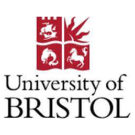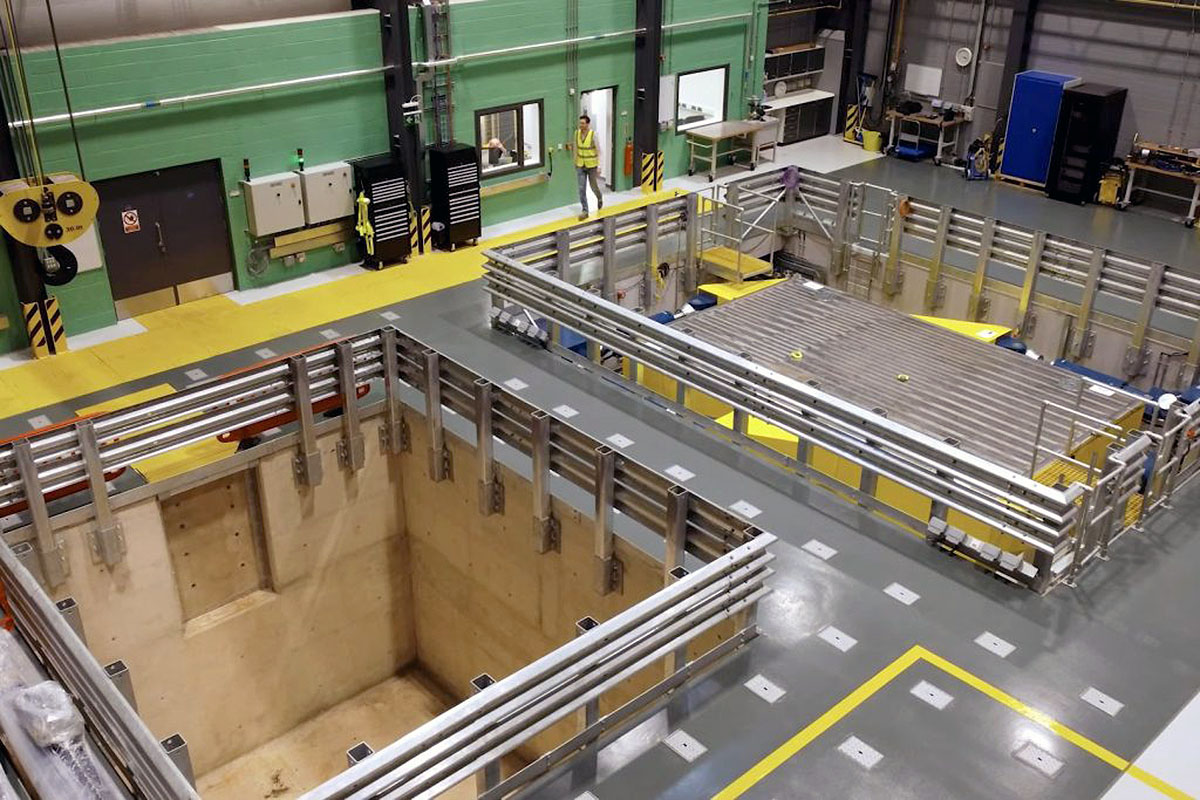OBJECTIVES:
Provision of access to the following infrastructure(s):
Seismic Testing Research InfrastructureSeismic Testing Research Infrastructure
Name of the infrastructure and its installations:
UKCRIC National Facility for Soil Structure Interaction (SoFSI) and EQUALS
Installations:
1: 6x4m shaking table (SoFSI), 2: 6x5x4m Soil Pit (SoFSI), 3: 3x3m Shaking Table (EQUALS)
Location (town, country) of the infrastructure:
Bristol, UK
Web site address:
https://sofsi.bristol.ac.uk
DESCRIPTION OF THE INFRASTRUCTURE:
The University of Bristol (UoB) is a research-intensive institution in the UK. The Earthquake and Geotechnical Engineering (EGE) research group is world leading, hosting a unique multimillion pound earthquake engineering laboratory equipped with several shake table earthquake simulators, a soil pit testing configuration, strong floors and a reaction wall. The SoFSI/EQUALS RI is supported by a primary group of eighteen senior academics, led by Prof. Anastasios Sextos (Head of Research Group – Academic Lead of the RI) and Prof. George Mylonakis (Chair of Soil-Structure Interaction, PI of the previous SERA project offering Transnational Access to European research groups), with very broad experience across earthquake engineering, soil-structure interaction, structural dynamics and infrastructure resilience. They form part of a larger, multi-disciplinary group of academics (see Administrative Form) specializing in advanced dynamics and materials from across the Civil, Aerospace, Mechanical Engineering, and Non-Linear Dynamics & Control fields that support the Facility. The primary academic group has supported around 150 external users over the past 15 years through TNA programmes (including more than 30 in the framework of the previous SERA project). SoFSI/EQUALS is also supported by ten, highly experienced, postdoctoral research assistants, who will offer day-to-day support for the users, including design of the experimental programmes. Four experienced technicians provide specimen fabrication and manufacturing as well as shaking table operation support. A fully equipped manufacturing workshop is also available.
The large-scale experiments of this proposal will be executed in the SoFSI/EQUALS Research Infrastructure that includes the new £12m UKCRIC National Facility for Soil-Foundation-Structure Interaction (SoFSI) and the long-established EQUALS laboratory of the University of Bristol, UK. This Facility integrates structural and geotechnical engineering for soil structure testing and fills key gaps in our understanding which cannot be resolved using conventional, smaller scale, laboratory tests or prototype observations. The SoFSI/EQUALS RI will enable the European TA users (and beyond) to deliver a unique, high value, capability for de-risking investments in innovation and development, for example in life-extension techniques for existing infrastructure or the application of new materials and devices.
The SoFSI/EQUALS RI comprises four installations (three of which are offered for TA, namely 1-3):
- a 6m x 4m Biaxial Shaking Table with a 50t capacity, capable of meeting BELLCORE test standards with a peak acceleration at 2g and maximum frequency of 50 Hz. The installation is equipped with two laminar, flexible, shear boxes for geomechanics testing. One of these is 6 m long, 1.5 m deep and 1 m wide; the other is 1.5 m long, 1.0 m deep and 1 m wide (installation located at SoFSI).
- a 6 m x 5m Soil Pit and a depth of 4 m (total volume of 120 m³) with flexible capability for saturated and unsaturated soil. Two (2) 1 MN pseudostatic actuators (of 1000 mm stroke) and one (1) 1 MN dynamic actuator (of 500 mm stroke) are available to be mounted on the adjacent strong floor. Smaller dynamic actuators (50 kN, 300 mm stroke, up to 50 Hz) can be mounted on bespoke reaction frames for specific experiments. A 1.5 m trench allows for testing buried specimens at multiple levels (installation located at SoFSI).
- a 3 m x 3 m, 6DOF Shaking Table supported by 8 hydraulic actuators. The table can carry up to 15 tonnes and (depending on the loading) can reach acceleration levels up to about 5g with peak displacements of ± 150mm. The platform can accelerate horizontally up to 3.7 g with no payload and 1.6g with a 10t payload. Corresponding vertical accelerations are 5.6g and 1.2g respectively. Peak velocities are 1.0 m/s in all translational axes, with peak-to-peak displacements of 300 mm. A large database of recorded earthquake records can be applied, or synthetic motions can be readily created. Extensive instrumentation is available, including up to 256 data acquisition channels. It is surrounded by a strong floor and adjacent strong walls up to 15 m high (installation located at the University main Campus).
- the Hexapod: a 1 m x 1 m, high performance (g) multi-axis simulation table with a 800 kg capacity, capable of a peak acceleration of 10 g (installation located at SoFSI).
The shaking tables are accompanied by a set of servo-hydraulic actuators that can be configured to operate in conjunction with the shaking table’s strong floor and reaction walls, providing a highly adaptable dynamic test facility that can be used for a variety of earthquake and dynamic load tests.




